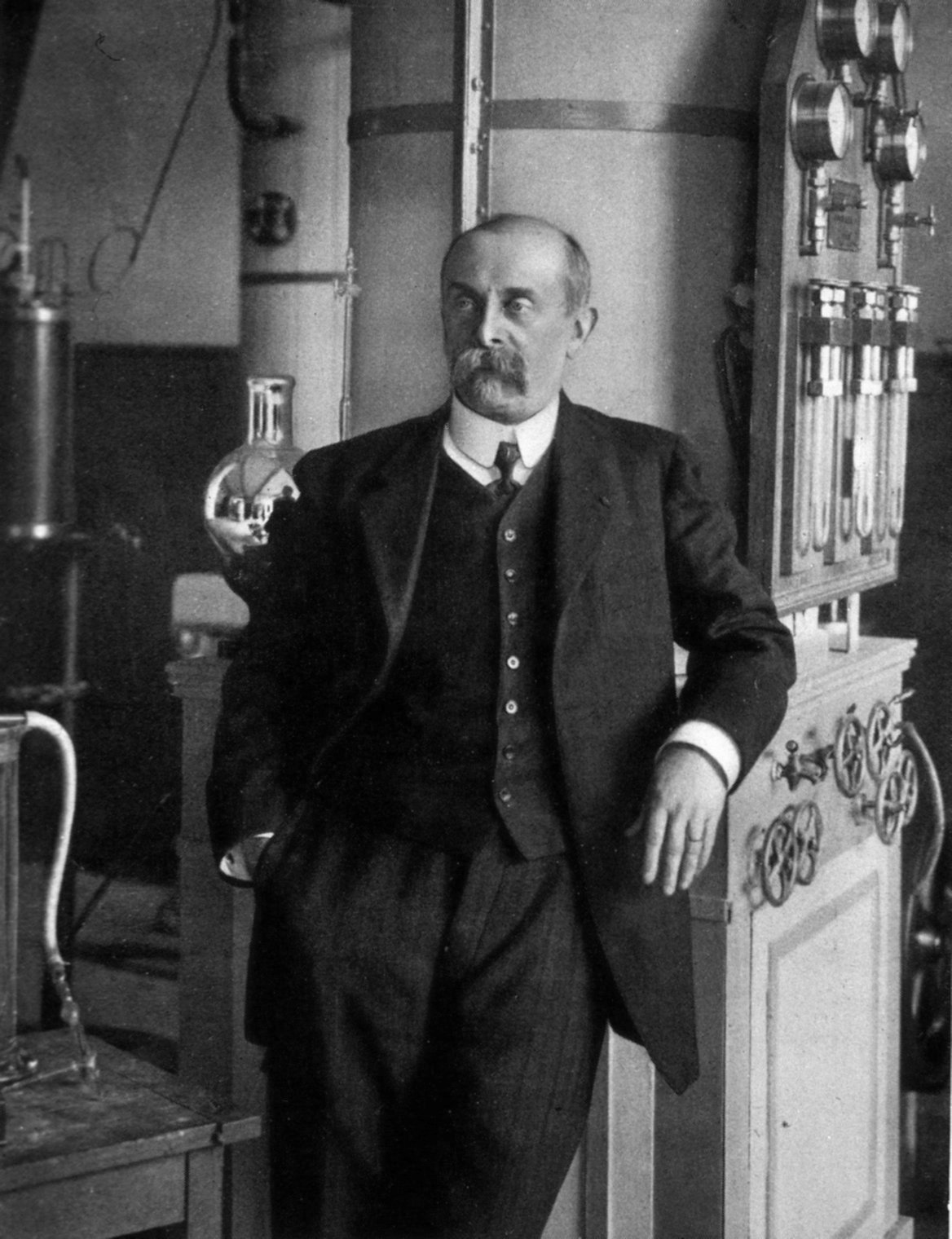What is freeze-drying?

Freeze-drying is a preservation method that consists of removing as much water as possible from a product without altering its main properties (volume, texture, appearance, etc.). Unlike other preservation techniques, freeze-drying preserves the natural benefits of products. Freeze-drying plays a especially important role in agri-food sector as it can be used to produce long-life products. Such products include soluble coffee, aromatic herbs and dehydrated meals for space travel. And while this technique is particularly popular in the food industry, it is also used in other sectors, such as food supplements animal nutrition, diagnostic reagents and cosmetics.
The history of freeze-drying
For thousands of years, mankind has looked for ways to preserve certain products, especially foodstuffs. The earliest evidence of freeze-drying can be found in Peru. In the 13th century, the Incas living on the high plateaux of the Andes left their food in the cold at night and then allowed it to dry out in the sun during the day. The low atmospheric pressure of the Altiplano caused the ice to sublimate, thus preserving the food better. The Vikings also tried freeze-drying herring. Unfortunately, the low altitude meant that their attempt was unsuccessful. Officially, the freeze-drying process was invented in 1906 by two French researchers at the Collège de France, Arsène D’Arsonval and Frédéric Bordas. But it was not until 1943 that the term freeze-drying was proposed by Professor Alexander Fleming.

Jacques-Arsène d’Arsonval
The principle of freeze-drying
Freeze-drying is a cold-drying technique that removes water from a product to make it stable, better preserved and easier to handle.
The process follows several steps:
- 1. Freezing: first, the product is frozen to between -30°C and -50°C, transforming the water it contains into ice. While this may seem relatively straightforward, it is actually a very delicate process. To ensure that the product is not altered in any way, it must be frozen slowly and precisely. If it is frozen too quickly, ice crystals will form inside the product, and this could degrade the active ingredients it contains. This is, therefore, a critical stage in the overall process.
- 2. Sublimation: this is where the ice is transformed into vapour without turning into water. The product is first placed in a vacuum chamber. It then undergoes a process known as sublimation. The temperature rises gradually to achieve a sublimation rate of 80-90%.
- 3. Secondary drying: this stage consists of using desorption to remove the water molecules trapped on the surface of the dried product. The aim of secondary drying to ensure very low residual humidity for long-term storage or shipment. A slight change in pressure and temperature releases the water molecules from the surface of the product. This particularly delicate stage must be carried out very carefully to avoid damaging the product.
After freeze-drying, the final product contains only 1 to 2% water. Since freeze-drying reduces the water content of food by 98%, the weight of the food is also considerably reduced. A freeze-dried product is easier to store because it takes up less space than the original product. This makes it possible to maximise transport capacity by carrying larger quantities. Furthermore, as this preservation technique doesn’t require the addition of other products, environmental impact is considerably reduced compared to other techniques.
Custom freeze-drying
Groupe Berkem offers several drying technologies to meet the challenges of preserving and transporting plant materials. Customized freeze-drying is one of Groupe Berkem’s areas of expertise, applied in a wide range of fields including cosmetics, nutraceuticals and food processing. Many sectors are concerned by this process, which requires cutting-edge expertise and high-performance industrial equipment.